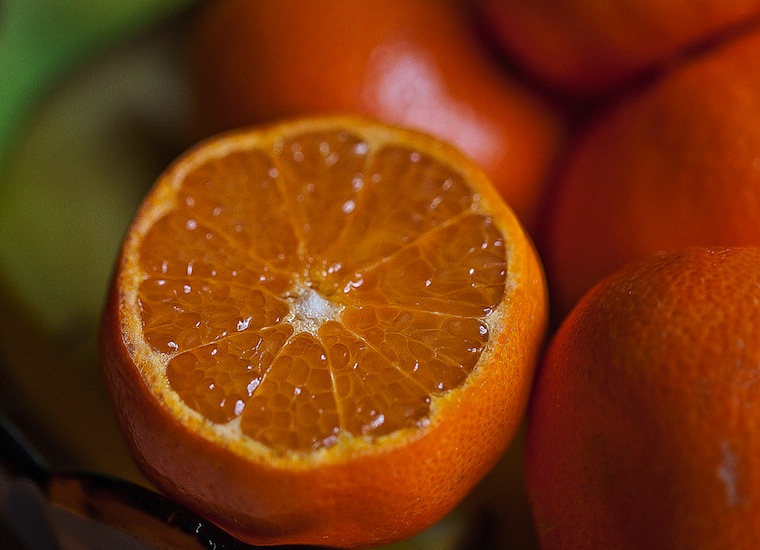
What’s behind Whole Foods’ “Responsibly Grown” Ratings?
Ever wonder what the purpose of Responsibly Grown is? What does this label really mean? Developed by Whole Foods, the Responsibly Grown program rewards farmers who work hard to protect your health and the environment. Its role is to measure the impact of farming practices on soil, air, climate farmworker welfare, pest management, biodiversity, and other key areas of sustainability. The foods labeled Responsibly Grown are made with the highest quality ingredients.
How Does the Responsibly Grown Program Work?
This innovative system rates produce based on factors like sustainability and waste reduction. Farmers receive Good, Better, and Best ratings depending on how well they perform. In order to earn a Good rating, they have to employ 16 farming practices to protect the air, water, soil, and human health. The use of biosolids and irradiation is prohibited.
Farmers must also maintain GMO transparency and comply with the Whole Foods Market guidelines on pesticides. Certain products, such as amitrole, parathion, dicofol, and phorate are prohibited without exception.
To earn a Better rating, a farm must do everything required for a Good rating, show proof of farmworker health and safety, and take the steps needed to protect the rivers and lakes in the area. Farmers who receive a BEST rating must do everything required for a Better rating, protect the bees and butterflies, and focus on environmental protection.
What Does It Mean for Customers?
Buying foods labeled Responsibly Grown is one of the best things you can do for your health. It’s also a great way to reduce your carbon footprint and protect the earth. This unique produce rating system helps customers make informed choices on the produce and floral departments. Its long term goal is to reduce or eliminate pesticides on farms, create a wildflower-rich habitat for bees, and provide clients with whole, natural foods.
